Welcome to the captivating world of high-contrast black-and-white photography, where light and shadow dance together to create visually striking and emotionally powerful images. In this article, we’ll embark on a journey to unravel the significance of high contrast in black-and-white photography and explore the incredible benefits that come with mastering the techniques behind it.
Imagine a photograph that instantly grabs your attention, making you feel a connection to its subject. That’s the magic of high-contrast black-and-white photography. Contrast, in this context, refers to the variation between the brightest whites and the deepest blacks in an image. It’s the secret ingredient that adds depth, dimension, and drama to your photographs.
When you emphasize the contrast between different elements in your composition, you create a visual hierarchy that guides the viewer’s eye. The stark difference between light and shadow draws attention to the details you want to highlight, telling a compelling story through the interplay of tones. This technique is particularly effective when you want to evoke emotions, direct focus, or accentuate textures in your photographs.

Photo by Abhinav Goswami
Benefits of Mastering High Contrast Techniques
Becoming proficient in high-contrast black-and-white photography opens up a treasure trove of benefits for photographers of all levels. Let’s delve into a few key advantages that come with mastering these techniques:
- Enhanced Visual Impact: High-contrast images have a way of leaving a lasting impression. The dynamic range between the brightest highlights and the deepest shadows makes your photos visually striking and memorable.
- Emotional Resonance: By skillfully manipulating contrast, you can evoke powerful emotions in your viewers. The interplay of light and shadow can convey mood, drama, and atmosphere that resonate deeply with those who engage with your work.
- Focus on Details: High-contrast photography allows you to emphasize the finer details that might go unnoticed in color or low-contrast images. This technique is particularly valuable for showcasing textures, patterns, and intricate elements.
- Storytelling: Every photograph has a story to tell. High contrast techniques give you the tools to guide your audience’s perception and lead them through the narrative you’ve crafted. The controlled contrast can direct attention to the elements that contribute to the story’s essence.
- Artistic Expression: Mastering high-contrast techniques grants you a new realm of artistic expression. You have the power to manipulate the mood and message of your photographs, offering a unique perspective that reflects your creative vision.
- Timelessness: Black and white photography possesses a timeless quality that transcends trends and fads. By adding high contrast to the mix, you create images that are not only classic but also contemporary in their impact.
Mastering high-contrast black-and-white photography is a gateway to creating images that are visually captivating and emotionally resonant. The interplay of light and shadow, the stark contrast between tones, and the artful manipulation of these elements can transform your photography from ordinary to extraordinary.

Photo by Zezen Mutaqin
Understanding High Contrast Black White Photography
By manipulating the contrast in a photograph, photographers can enhance the visual impact and evoke emotions in their viewers.
What is Contrast in Photography?
Contrast in photography refers to the difference between the lightest and darkest areas of an image. It is the variation in tones, textures, and colors that adds depth and visual interest to a photograph. In high-contrast black-and-white photography, the range between the brightest whites and the deepest blacks is amplified, resulting in a striking and dramatic effect.
Contrast can be achieved through various factors, such as lighting, composition, and post-processing techniques. By understanding and controlling these elements, photographers can create images that stand out and grab the viewer’s attention.
Types of Contrast: Tonal, Textural, and Color Contrast
- Tonal Contrast: Tonal contrast refers to the difference in brightness between different areas of an image. It is the most fundamental form of contrast in black-and-white photography. By adjusting the tonal range, photographers can create a sense of depth and dimension. For example, high tonal contrast can be achieved by placing a bright subject against a dark background, creating a striking visual separation.
- Textural Contrast: Textural contrast focuses on the variation in textures within an image. It involves capturing and highlighting the different surface qualities, such as smoothness, roughness, or patterns. In high-contrast black-and-white photography, textural contrast can be particularly effective in bringing out the intricate details and adding a tactile quality to the image.
- Color Contrast: Although black and white photography lacks color, color contrast can still be utilized through tonal variations. Different colors in a scene can translate into different shades of gray in black and white. By understanding how colors translate into tones, photographers can create contrast based on the original colors present in the scene. For example, a red object will appear darker than a yellow object in black and white, creating a contrast between the two.

Photo by Paweł Jankowski
Essential Techniques for Achieving High Contrast
When it comes to high-contrast black-and-white photography, achieving the right exposure is crucial. Proper exposure ensures that the highlights and shadows in your image are well-balanced, resulting in a striking and impactful photo. In this blog section, we will explore the essential techniques for achieving high-contrast
1. Leveraging the Histogram for Optimal Exposure
The histogram is a powerful tool that can help you determine the optimal exposure for your high-contrast black-and-white photos. It provides a visual representation of the tonal distribution in your image, allowing you to analyze the brightness levels and make adjustments accordingly.
Most modern digital cameras have the histogram tool. The luminosity histogram shows the overall brightness of a scene. This histogram usually has a monochromatic display—either white data on a black chart, or vice versa. Also, all the common editing software has the same tool.
For more reading about histograms, check” How to Use Histograms in Photography”
Once you have the histogram tool visible, you will see a graph that represents the distribution of tones in your photo. The horizontal axis represents the tonal range from pure black on the left to pure white on the right. The vertical axis represents the number of pixels at each tonal value.
- Analyze the histogram to determine the level of contrast in your photo. A histogram with a wide distribution, where the graph extends from one end to the other, indicates a high level of contrast. This means that the photo contains a good range of dark and light tones.

High level of contrast
- On the other hand, a histogram that is concentrated towards the center indicates low contrast. This means that the photo has a limited range of tones and may appear flat or lacking in depth.

Low level of contrast
- Pay attention to the shape of the histogram as well. If the graph is skewed towards the left, it indicates that the photo has more dark tones and may be underexposed. If it is skewed towards the right, it indicates more light tones and may be overexposed.
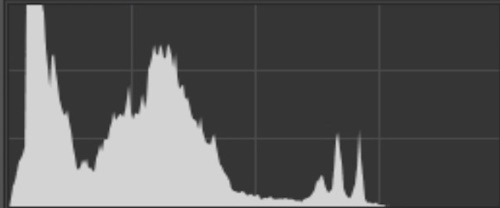
Underexposed
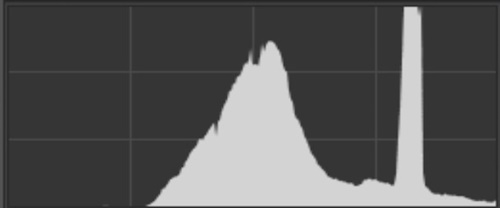
Overexposed
- Use the histogram as a guide to make adjustments to the contrast in your photo. Depending on the software you are using, you can usually make adjustments using sliders or curves. Increasing the contrast will expand the tonal range and make the dark areas darker and the light areas lighter. Decreasing the contrast will compress the tonal range, making the dark areas lighter and the light areas darker.
- Make adjustments to the contrast until you achieve the desired look for your photo. Keep in mind that the optimal level of contrast may vary depending on the subject and the mood you want to convey.
By using the histogram tool, you can effectively analyze and adjust the contrast in your photos to create visually appealing and impactful images.
2. Balancing Highlights and Shadows
To achieve high contrast in your black-and-white photos, it is essential to balance the highlights and shadows effectively. This ensures that the bright areas retain detail without being blown out and the dark areas have depth and richness.
Start by identifying the key elements in your composition that you want to highlight. These could be the main subjects or areas of interest. Adjust the exposure settings to ensure that these areas are well-exposed, with enough detail and texture.
Next, pay attention to the shadows. While it’s important to have deep shadows in high-contrast photography, you don’t want them to be completely black and devoid of detail. Adjust the exposure or use fill lighting techniques to bring out some detail in the shadows, adding depth and dimension to your image.
Keep in mind that achieving the right balance between highlights and shadows may require some experimentation. Take test shots, review the histogram, and make adjustments as needed until you achieve the desired level of contrast.

Photo by Nikolett Emmert
3. Playing with Lighting
Lighting is a key element in high-contrast black-and-white photography. By understanding how to harness natural light and create artificial lighting setups, you can enhance the contrast in your images and create dramatic effects.
-
Harnessing Natural Light for Dramatic Effect
Natural light provides a beautiful and versatile source of illumination for high-contrast black-and-white photography. By understanding how to work with natural light, you can create stunning images with striking contrasts.
One technique is to shoot during the golden hour, which is the period shortly after sunrise or before sunset. During this time, the sunlight is softer and more diffused, casting long shadows and creating a warm, golden glow. This soft, directional light can add depth and dimension to your images, enhancing the contrast between light and shadow.
Another technique is to use backlighting. Position your subject in front of a strong light source, such as the sun, and expose for the highlights. This technique creates a silhouette effect, with the subject appearing as a dark shape against a bright background. The stark contrast between the subject and the background can create a powerful and dramatic image.
-
Creating Artificial Lighting Setups for Contrast
In addition to natural light, you can also create artificial lighting setups to enhance contrast in your black-and-white photos. This gives you more control over the lighting conditions and allows you to create specific effects.
One technique is to use a single light source, such as a strobe or a speedlight, positioned at an angle to your subject. This creates strong, directional lighting that casts deep shadows and highlights the textures and shapes in your image. Experiment with different angles and distances to achieve the desired level of contrast.
Another technique is to use a technique called “Rembrandt lighting.” This technique involves positioning a single light source at a 45-degree angle to your subject, slightly above eye level. This creates a triangular patch of light on one side of the face, with the other side in shadow. The resulting contrast between light and shadow adds depth and drama to your portraits.
Check “Photography Lighting Techniques – Portrait Lighting Setup” for additional information.

Photo by Pixabay
4. Utilizing Shadows and Highlights
Shadows and highlights play a crucial role in high-contrast black-and-white photography. They add depth, dimension, and visual interest to your images. In the following section, we will explore two techniques for utilizing shadows and highlights: enhancing shadows for depth and dimension and controlling highlights to add visual interest.
-
Enhancing Shadows for Depth and Dimension
Shadows are an essential element in high-contrast black-and-white photography. They add depth and dimension to your images, creating a sense of three-dimensionality. By enhancing shadows, you can make your subjects stand out and create a more dramatic effect.
One technique is to position your subject in such a way that it casts a strong shadow. This can be achieved by using a single light source, such as a directional lamp or the sun, and positioning it at an angle to your subject. The resulting shadow will add depth and create a sense of volume.
Another technique is to use natural elements, such as trees or architectural structures, to cast interesting shadows on your subject. This can create unique patterns and textures, adding visual interest to your image. Experiment with different angles and compositions to find the most compelling shadows.
-
Controlling Highlights to Add Visual Interest
Highlights are the brightest areas in your image and can add visual interest and impact. By controlling highlights, you can create a more dynamic and engaging composition.
One technique is to use reflectors or diffusers to control the intensity of the light hitting your subject. Reflectors bounce light back onto your subject, filling in shadows and reducing harsh contrasts. Diffusers, on the other hand, soften the light and create a more even illumination. By manipulating the light hitting your subject, you can control the highlights and create a more balanced image.
Another technique is to use post-processing tools to selectively adjust the highlights in your image. Software like Adobe Lightroom or Photoshop allows you to fine-tune the tonal range and highlight details. By reducing the highlights in certain areas, you can draw attention to other parts of the image and create a more balanced contrast.

Photo by Pixabay
5. Composition and Framing
Composition and framing are essential elements in high-contrast black-and-white photography. They allow you to create visually compelling images by strategically placing and arranging elements within the frame. By considering contrasting elements and incorporating dynamic lines and shapes, you can enhance the impact of your photos.
-
Contrasting Elements within the Frame
One way to create high contrast in your black-and-white photos is by finding strong subject-background relationships. Look for subjects that stand out against their background, either through color contrast or tonal contrast.
For example, a dark subject against a light background or a light subject against a dark background can create a striking contrast. This contrast draws attention to the subject and adds visual interest to the image. Pay attention to the tonal values and textures of both the subject and the background to ensure a strong contrast.
Experiment with different angles and perspectives to find the most compelling subject-background relationship. Consider using a shallow depth of field to further separate the subject from the background, making it stand out even more.
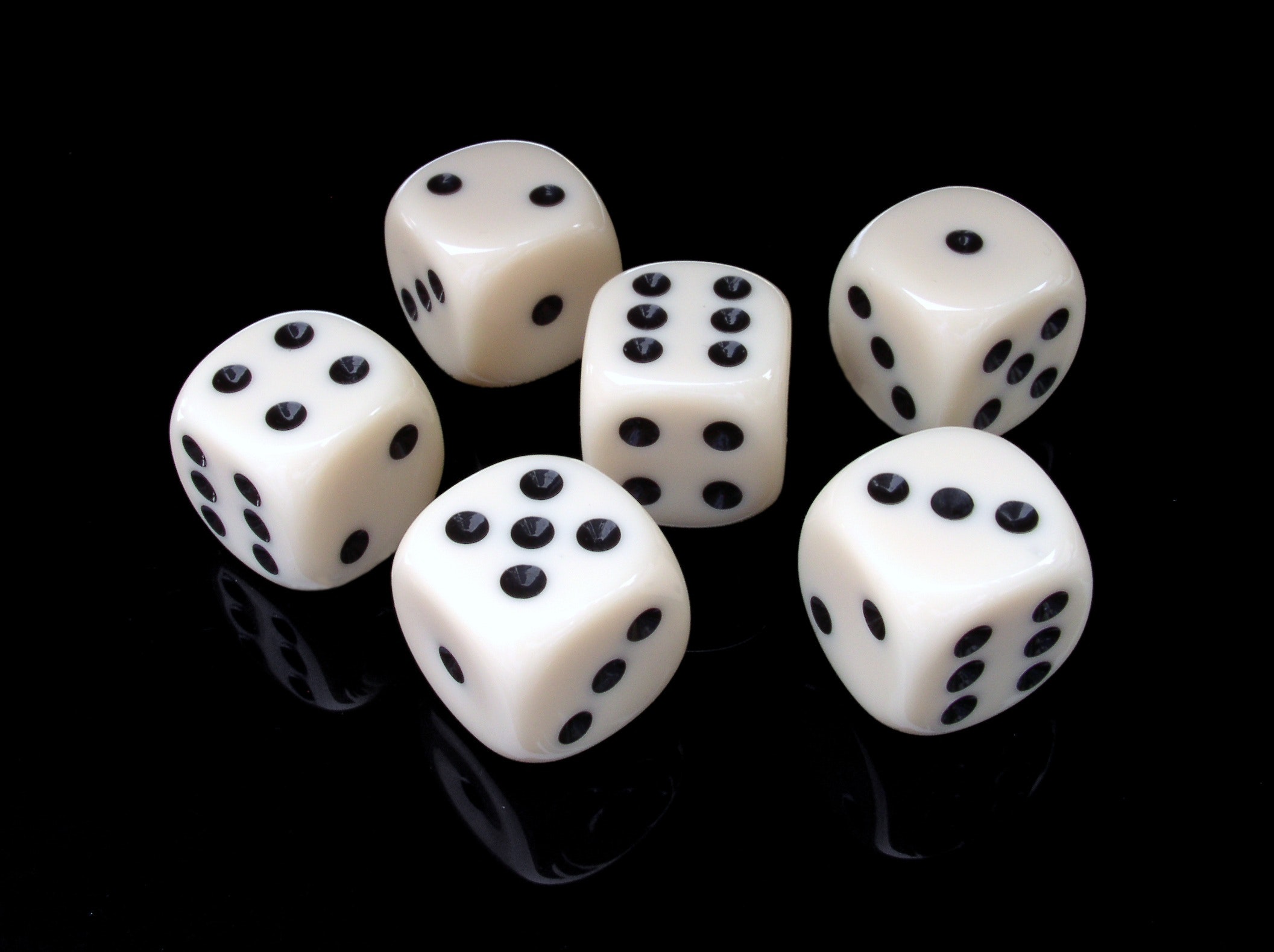
Photo by Pixabay

Photo by ArtHouse Studio
-
Incorporating Dynamic Lines and Shapes
Dynamic lines and shapes can add energy and visual impact to your high-contrast black-and-white photos. Look for leading lines, such as roads, fences, or architectural elements that guide the viewer’s eye through the image. These lines can create a sense of depth and draw attention to the main subject.
Additionally, incorporating geometric shapes, such as triangles or diagonals, can add a sense of dynamism and tension to your composition. These shapes can create a strong visual impact and enhance the contrast within the frame.
Pay attention to the placement and arrangement of these lines and shapes within the frame. Consider the rule of thirds or the golden ratio to create a balanced and visually pleasing composition. Experiment with different angles and perspectives to find the most effective way to incorporate dynamic lines and shapes.

Photo by Pixabay
-
Rule of Thirds in High Contrast Photography
In the world of photography, the rule of thirds is a fundamental principle that helps photographers compose visually appealing and balanced images. When combined with the powerful technique of high-contrast photography, the results can be truly captivating. The rule of thirds suggests that an image should be divided into nine equal parts by two equally spaced horizontal lines and two equally spaced vertical lines. By placing key points of interest along these lines or at their intersections, photographers can create a visually pleasing composition that draws the viewer’s attention. In high-contrast black-and-white photography, this technique becomes even more powerful. For example, the left eye of a dog is placed on one intersection point of the rule of thirds grid
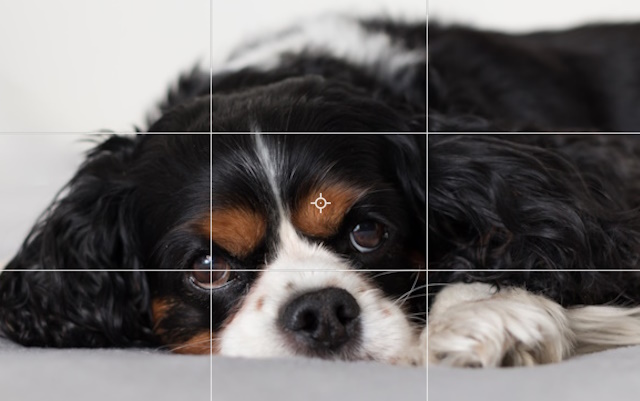
Photo by Radovan Zierik
-
Negative Space with High Contrast Subjects:
Negative space refers to the empty or unoccupied areas in a photograph. In high-contrast photography, negative space plays a crucial role in emphasizing the main subject and enhancing its impact. By carefully balancing negative space with high-contrast subjects, photographers can create a sense of harmony and visual tension.
Remember, negative space doesn’t always have to be empty or plain. It can also include patterns, textures, or other elements that enhance the overall composition. By incorporating negative space thoughtfully, photographers can create a sense of balance and allow the high-contrast subject to shine.
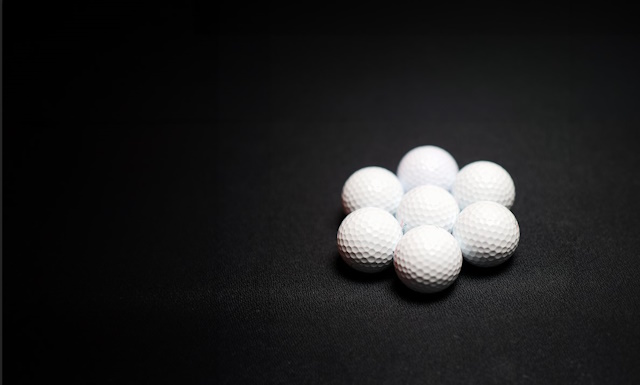
Photo by Kindel Media
6. Editing Techniques for High Contrast
Once you’ve captured your high-contrast black-and-white photographs, the journey doesn’t stop there. In fact, the editing phase is where your images truly come to life.
The right adjustments during post-processing can make all the difference. Two key tools that you should befriend are the contrast and clarity sliders. These tools allow you to enhance the tonal range and bring out textures in your images.
-
Enhancing Tonal Range for Striking Images
When you’re aiming for high contrast, it’s essential to create a noticeable distinction between the darkest and lightest parts of your photograph. In your editing software, adjust the contrast slider to boost the difference between shadows and highlights. This tweak adds depth and drama to your image, making it visually captivating.
Remember, the goal isn’t to remove all subtleties. Instead, you’re amplifying the existing tonal differences to create a captivating visual impact. The blacks become richer, the whites become brighter, and everything in between gains a new level of clarity.

Photo by Piccinng
- Emphasizing Textures with Clarity Adjustments
Textures are one of the secret ingredients that can transform a good photograph into a masterpiece. The clarity slider in your editing toolkit is your gateway to emphasizing these textures. As you slide it to the right, you’re essentially enhancing the micro-contrast within your image.
What does this mean for your high-contrast black-and-white photography? It means that the fine details—the intricate patterns, the rough surfaces, the delicate features—will all pop. The wood grain on a weathered door, the wrinkles on a wise face, the ripples on a water surface—these textures will demand the viewer’s attention.
However, moderation is key. Push the clarity slider too far, and you risk introducing unwanted artifacts and a harsh, unnatural look. The goal is to strike a balance between enhancing textures and maintaining the overall integrity of the image.
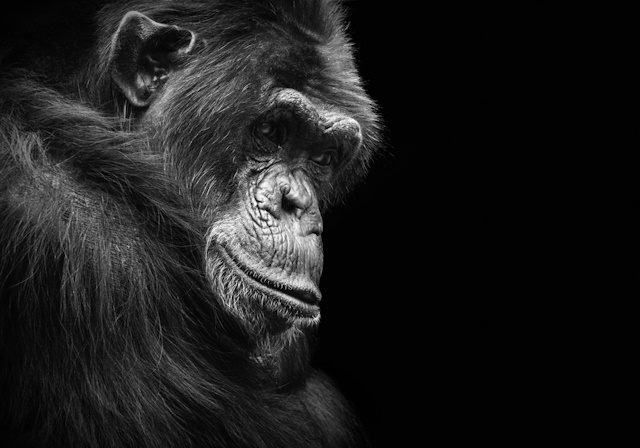
Photo by Depositphotos
Tips for Achieving High Contrast in Challenging Conditions
While high-contrast black-and-white photography is incredibly rewarding, it can sometimes pose challenges, especially when faced with tricky lighting situations. But fear not! With the right approach and a few clever techniques, you can conquer these challenges and create captivating images.
Overcoming Low-Light Challenges
Low-light conditions might seem like a roadblock to achieving high contrast, but they offer a unique opportunity to play with shadows and highlights. Here’s how you can make the most of these conditions:
- Embrace Shadows: Use the existing low-light shadows to your advantage. Let them envelop your subject, creating an air of mystery and drama. The absence of strong light can actually enhance the contrast between darker areas and any available light sources.
- Employ Artificial Lighting: In situations where natural light is insufficient, introduce controlled artificial lighting. This lets you have more control over the contrast in your scene. Experiment with positioning the light source to cast distinct shadows and highlights.
- Leverage Post-Processing: Low-light images often benefit from a touch of post-processing magic. Adjusting the contrast and brightness levels selectively can help bring out details that might have been lost in the shadows.
Managing High Contrast in Harsh Lighting Situations
Harsh lighting, with its intense highlights and deep shadows, can be a double-edged sword for high-contrast black-and-white photography. However, with a mindful approach, you can navigate this challenging scenario:
- Use Diffusers and Reflectors: Soften harsh sunlight by using diffusers to create a more even lighting environment. Reflectors can bounce light into shadowed areas, reducing the extreme contrast between highlights and shadows.
- Shoot during Golden Hours: The soft, warm light during the golden hours of sunrise and sunset can naturally reduce the harsh contrast found under the midday sun. It provides a gentle and flattering illumination that complements high-contrast photography.
- Embrace Silhouettes: When faced with extreme contrast, consider embracing silhouettes. Allow the strong backlight to outline your subject’s shape, creating a powerful and minimalistic composition.

Image by Pete Linforth from Pixabay
- Use HDR Techniques: High Dynamic Range (HDR) techniques involve capturing multiple exposures and merging them in post-processing. This helps balance the extreme contrast in situations where the camera might struggle to capture both highlights and shadows in a single shot.

Image by fradellafra from Pixabay
Conclusion
High-contrast black-and-white photography wields light and shadow as artistic elements, creating captivating, emotive images. Mastering it adds depth and drama to your narratives.
Remember, learning is ongoing. Embrace experimentation to refine your skills and push creative boundaries. With every shot, you paint your artistic journey in high-contrast photography.
Related posts
Black And White Landscape Photos – Tips & Tricks
Black And White Portrait Photography- The Full Guide
Top Reasons Photographers Prefer Using Black And White Pictures
Black And White Photography – Learn And Excel The Magic Art
Turn Color Photos Into Black & White
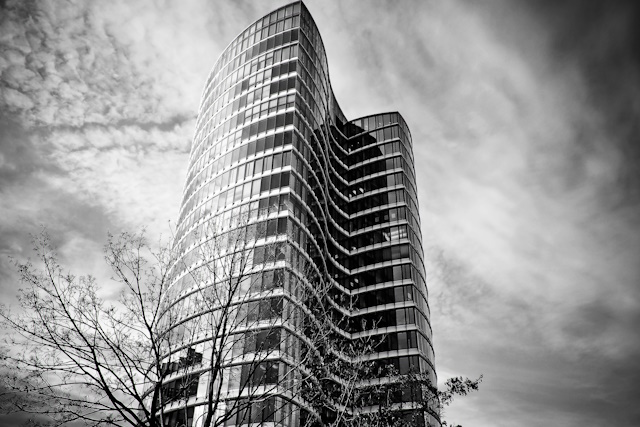
Photo by Pixabay
Are you looking for Photo editing resources?
If are looking for editing resources like actions, overlays, and textures, I highly recommend paying a visit to my store, it has amazing professional photo editing tools.
In addition, you can check my editing tutorials, and my YouTube channel there are many tips and tutorials there.
Thanks for reading, I hope you enjoyed the article, If you have any questions just drop them below & I will be happy to answer you.
The featured photo by Depositphotos
If you enjoy the site, don’t forget to subscribe, we will only inform you when a new article is posted.

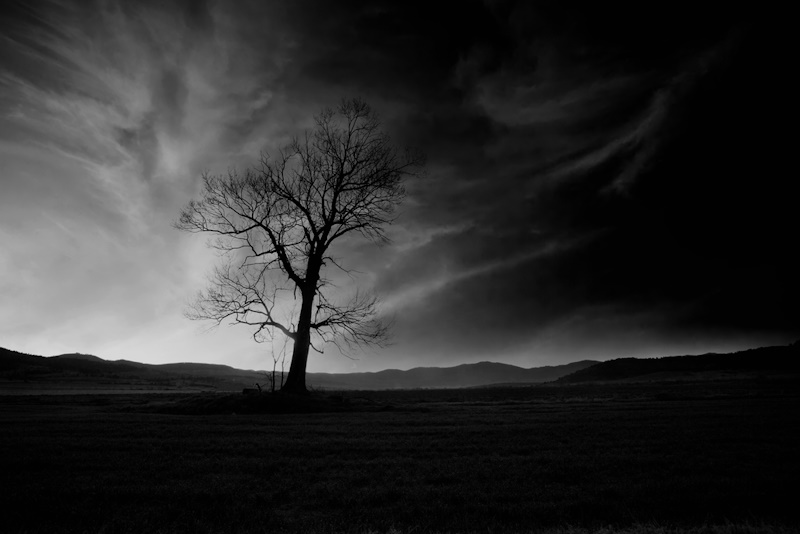





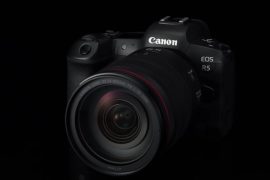

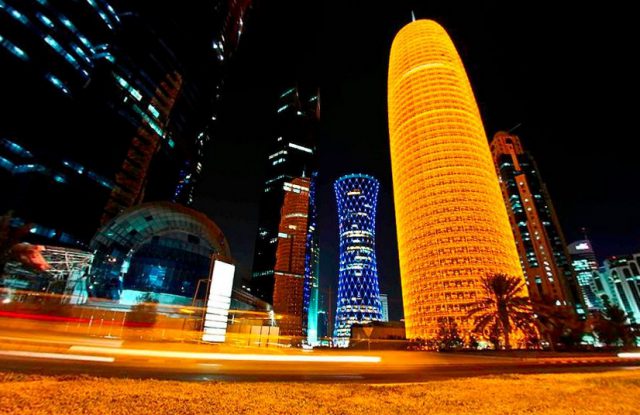
Hi, your guide on mastering high-contrast black and white photography is a valuable resource for photographers seeking to create impactful and dramatic images. I’m eager to explore this style further, but I wonder if you have any tips for post-processing techniques that can enhance the contrast and mood in black and white photos? Additionally, do you have any favorite examples or photographers whose work exemplifies the art of high-contrast black and white photography that you could recommend for inspiration?
Thanks for your kind words about my guide. I’m glad it was helpful. Here are a few post-processing techniques that can enhance the contrast and mood in black-and-white photos:
Adjust the contrast: This is the most basic way to add contrast to a black-and-white photo. You can do this in most photo editing software by adjusting the contrast slider.Use the Levels or Curves tool: These tools allow you to fine-tune the contrast in a more specific way. The Levels tool adjusts the brightness of the shadows, mid-tones, and highlights in an image. The Curves tool allows you to adjust the contrast of an image by changing the tonal curve.Add black and white filters: There are many black and white filters available that can add contrast and mood to your photos. Some popular filters include the Monochrome, High Contrast, and Dramatic filters.Use dodging and burning: Dodging and burning are techniques that allow you to selectively lighten or darken areas of an image. This can be used to create a more dramatic effect in your black-and-white photos.Here are a few photographers whose work exemplifies the art of high-contrast black-and-white photography: Henri Cartier-Bresson: Cartier-Bresson was a French photographer who is considered one of the pioneers of modern photography. His work is known for its striking compositions and use of light and shadow. Robert Capa: Capa was a Hungarian-American photographer who is best known for his war photography. His work is characterized by its raw emotion and sense of urgency. Man Ray: Man Ray was an American artist who worked in a variety of mediums, including photography. His black and white photos are known for their experimental use of light and shadow.
As someone who loves scrolling through Instagram looking at other photographers work, being able to replicate their work myself was something I never thought I would be able to do. Until I read this blog post. I have always been enticed by black and white photographs, they present so much emotion and allows me to paint my own picture.
Reading this blog post has helped me to understand the different types of contrasts and techniques to use to help achieve a high contrast. This is a great blog post for anyone wanting to understand how to create black and white photography. I will definitely be trying some of the new techniques I have learnt!
I’m delighted to hear that the blog post has empowered you to explore and replicate the work of other photographers, especially in the captivating realm of black-and-white photography. It’s a wonderful medium for conveying emotion and telling unique visual stories.
I’m glad to hear that you found the post informative and that it provided valuable insights into creating high-contrast black-and-white photography. Experimenting with new techniques can be a rewarding journey, and I hope you find inspiration and success in your black-and-white photography endeavors. Keep capturing those evocative moments!